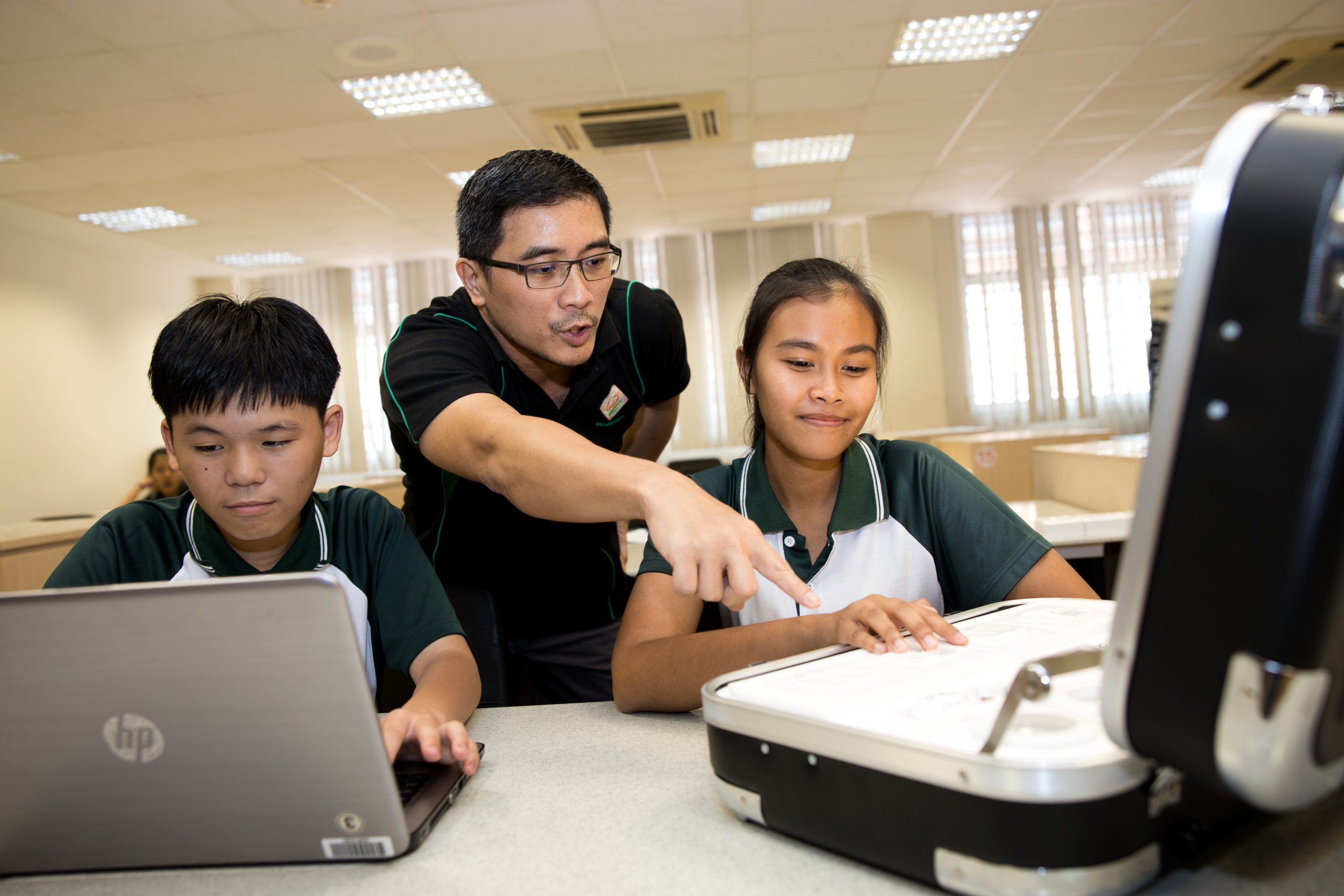Smart Electrical Technology
Vision:
Competent performers, Contributing members of smart society
Mission:
Develop analytical abilities and problem-solving skills in electrical and home automation technology
INTRODUCTION
Smart Electrical Technology is a 2-year course undertaken by Normal (Technical) students at upper secondary. The Smart Electrical Technology syllabus aims to provide students with training in the core, foundational concepts and principles of operation of all home automation systems, i.e. hardware and devices, software, combination and integration of technologies involved, programming techniques, communication protocols and testing. The inclusion of training in the use of smartphones to manage and control a home automation system by means of apps also serves to introduce the much talked about ‘Internet of Things’ to students.
As the devices, loads and equipment controlled by home automation solutions are invariably electrical in nature, students will also be provided with foundational training in electrical circuits and technology in the applied subject. For home automation, students will learn, through a combination of theory lessons and hands-on practical training, the most commonly used basic and advanced control functions.
The training in electrical circuits and home automation systems will prepare and enable students to take up further studies in electrical, control and computer engineering or related fields at post-secondary level.
The syllabus aims to:
• Equip students with a foundational knowledge of electrical circuits and systems and home automation systems in preparation for further engineering studies at post-secondary level;
-
Enable students to acquire skills and knowledge related to electrical technology and home automation that are of immediate interest, relevance and use in daily life;
-
Enable students to develop their analytical abilities and problem- solving skills;
-
Inculcate in students safety consciousness and safe working habits;
-
Enable students to understand the applications of electrical technology and home automation technology in homes and built environments; and
-
Develop in students an interest in a post-secondary engineering-based education.


